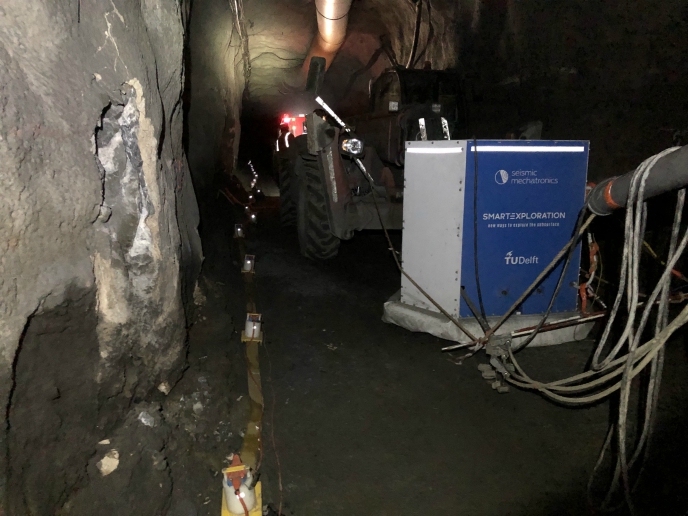Computer aided design improved by mathematics
Designers in areas as diverse as fashion design, architecture and manufacturing use computer aided design (CAD) extensively. In addition to saving considerable time and effort, CAD also allows them to produce objects that would not be feasible using traditional non-CAD methods. A network of partners from seven European countries came together to use mathematics to improve the foundations on which CAD is based, and extend its capabilities. Five universities, three research institutes and two partners from industry collaborated. Under the 'Shapes, Geometry and Algebra' (SAGA)(opens in new window) project, the researchers used techniques from algebraic geometry, symbolic computation, numerical analysis, approximation theory and computer aided geometric design (CAGD). They applied these mathematical methods to change of representation, geometric computing, how problems such as hole fillings can be solved, and practical challenges from industry. Alongside this work, many of them underwent intensive training, because the project is a Marie Curie Initial Training Network. The researchers have extended and improved CAD and its mathematical foundations in several ways. Techniques for representing planar curves, space curves and surfaces are now easier to use. A new type of semi-automatic procedure models the geometry of wooden elements. And the calculation of pencil-points for numerical controlled machining forms an improved basis for building machine tool parts. Many more results have appeared in research papers in scientific journals, with others on the way. The network is preparing an overview of the outcomes of the work. On the training side, the project met its target of 360 researcher-months for early stage researchers (less than four years’ experience). A small number of researchers with four to five year’s experience also participated. Geometric modelling for both industrial and academic use was a notable feature. The diversity of the backgrounds from which the researchers came contributed to the success of the project. CAD improvements and the creation of researchers trained in its advanced use, mean that the general public can expect innovative and possibly cheaper new designs.







